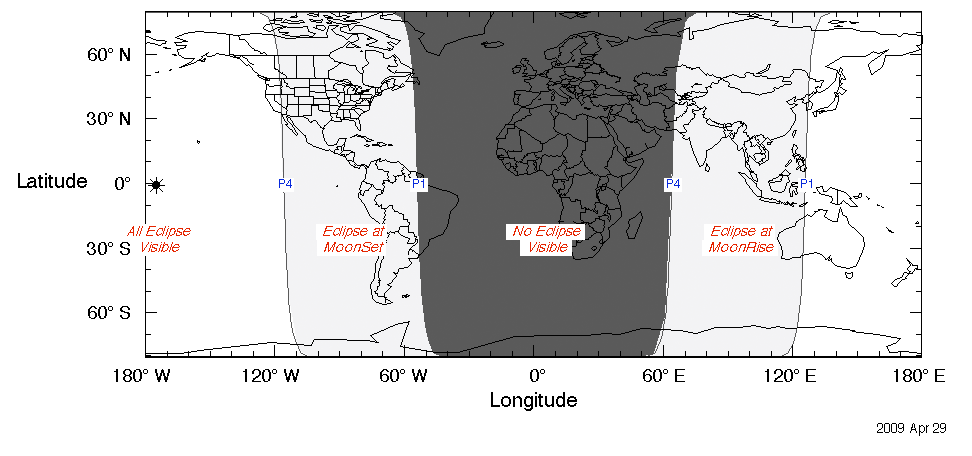
March 2016 Sky
- Posted by OCastronomy
- On March 1, 2016
- 0 Comments
- Aldebaran, Beehive cluster, Jupiter, Mars, Mercury, Penumbral Lunar Eclipse, Pleiades, Saturn, Spica, Total Solar Eclipse, Venus, Vernal equinox
March 2016 Sky
| 1 | Last Quarter Moon at 23:11 UT. |
| 2 | Moon near Saturn (86° from Sun, morning sky) at 7h UT. Mag. +0.5. |
| 7 | Moon near Venus (23° from Sun, morning sky) at 9h UT. Mag. -3.9. |
| 8 | Moon near Mercury (13° from Sun, morning sky) at 3h UT. Mag. -0.6. |
| 8 | Jupiter at opposition at 11h UT. Best time to observe the largest planet in the solar system. Mag. -2.6. • Opposition (Wikipedia) |
| 9 | New Moon at 1:54 UT. Start of lunation 1153. • Lunation Number (Wikipedia) |
| 9 | Total Solar Eclipse along a path from Indonesia to across the Pacific Ocean. Greatest eclipse at 1:57 UT. Partial eclipse visible from SE Asia, China, Japan, and parts of Australia. • Eclipses of 2016 (NASA) • Total Solar Eclipse of 2016 March 09 (GIF) (NASA) |
| 10 | Moon at perigee (closest to Earth) at 7h UT (359,510 km; angular size 33.2′). |
| 13 | Moon near the Pleiades (evening sky) at 21h UT. |
| 14 | Moon very near Aldebaran (evening sky) at 14h UT. Occultation visible from central Asia. • Occultation of Aldebaran (IOTA) |
| 15 | First Quarter Moon at 17:03 UT. |
| 18 | Moon near Beehive cluster (evening sky) at 23h UT. • Beehive Cluster (Wikipedia) • M44: The Beehive Cluster (APOD) |
| 20 | Vernal equinox at 4:30 UT. The time when the Sun reaches the point along the ecliptic where it crosses into the northern celestial hemisphere marking the start of spring in the Northern Hemisphere and autumn in the Southern Hemisphere. • Vernal Equinox (Wikipedia) |
| 20 | Moon near Regulus (evening sky) at 18h UT. |
| 22 | Moon near Jupiter (evening sky) at 3h UT. Mag. -2.5. |
| 23 | Penumbral Lunar Eclipse from 9:39 to 13:55 UT, mid-eclipse at 11:47 UT. Just visible around mid-eclipse. • Penumbral Lunar Eclipse of 2016 March 23 (PDF)(NASA) |
| 23 | Full Moon at 12:01 UT. |
| 25 | Moon near Spica (morning sky) at 5h UT. |
| 25 | Moon at apogee (farthest from Earth) at 14h UT (distance 406,125 km; angular size 29.4′). |
| 28 | Moon near Mars (morning sky) at 20h UT. Mag. -0.4. |
| 29 | Moon near Saturn (morning sky) at 15h UT. Mag. +0.4. |
| 31 | Last Quarter Moon at 15:17 UT. |
| March 2016 Sky All times Universal Time (UT). USA Eastern Standard Time = UT – 5 hours. | |


